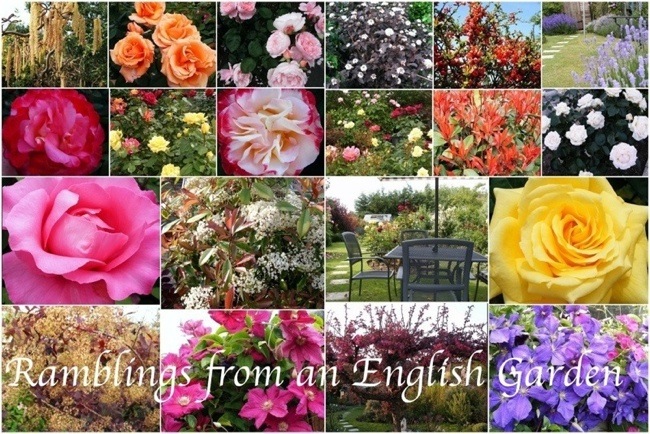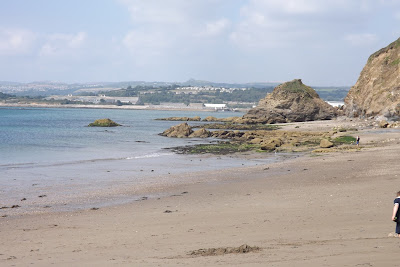In winding up my current postings on Norfolk and the second part of Wymondham I'll begin with the Abbey
Wymondham Abbey is the town's Parish Church
It is called and Abbey as the present church was once attached to a monastery founded in 1107 byWilliam d'Aubigny, the royal butler.
The east end of the church (now ruined) was where the monks worshipped.
Some of the restoration work currently taking place
It is partly in ruins because in 1538 King Henry VIII
closed the monastery. The monk's church and living quarters were gradually dismantled and the materials sold off.
Certainly a work in progress
The central nave still has it's original round Norman arches built of stone from Caen in France.
During the 1400s the roof was raised and the north aisle rebuilt and enlarged. The bell towers were re-built with one at the east (for the monks) and one at the west for the parish.
The great organ was installed in 1793
and the gilded screen behind the main alter was added in the last century as a memorial to the people killed in the Great War of 1914-18.
It was Harvest time when we were there. Not something you see much of these days
Now onto something very different
The historic railway station, no longer in use was built in 1845 on the Norwich to Ely line. The station and it's section once employed over 100 staff,
providing a frequent rail link with Norwich, London, Cambridge, the Midlands and the North West.
The award winning station has now been restored and it's buildings house a restaurant and tea room.
Interesting how it has been fitted out as a reminder of the trains of bygone days
There is of course a modern railway line now close to here.
Well we did not stop to snack as we had quite a long and steep walk back to the market place and preferred to wait until
we arrived back at the Market Place
where we sat outside at the Mad Hatters Tea Shop
before resuming our journey home.
Hard to think now that this was back in October when it was sunny and warm for the time of year.
Since then we have experienced the wettest Winter on record.
At least we can be thankful that we did not experience the devastating flooding that parts of the country did.





















































